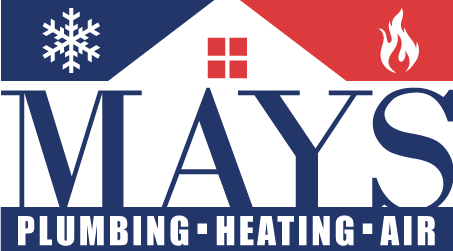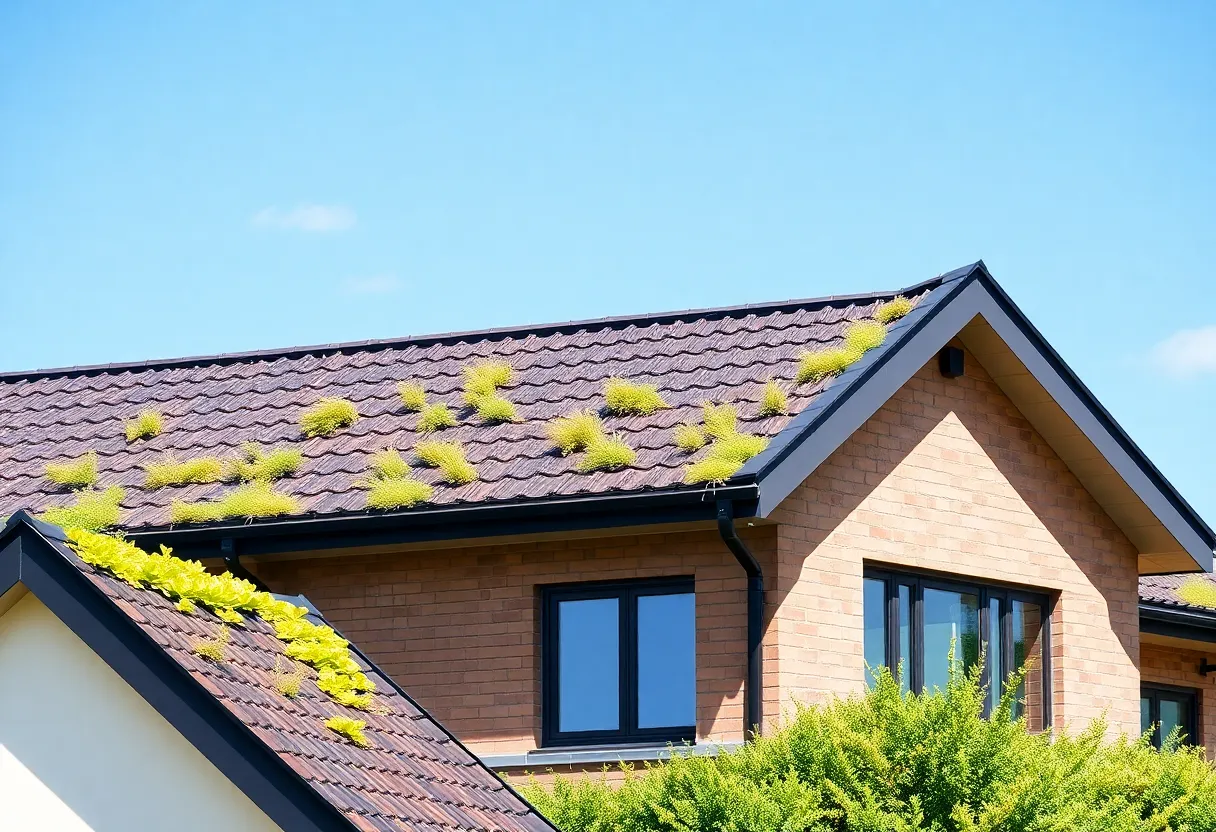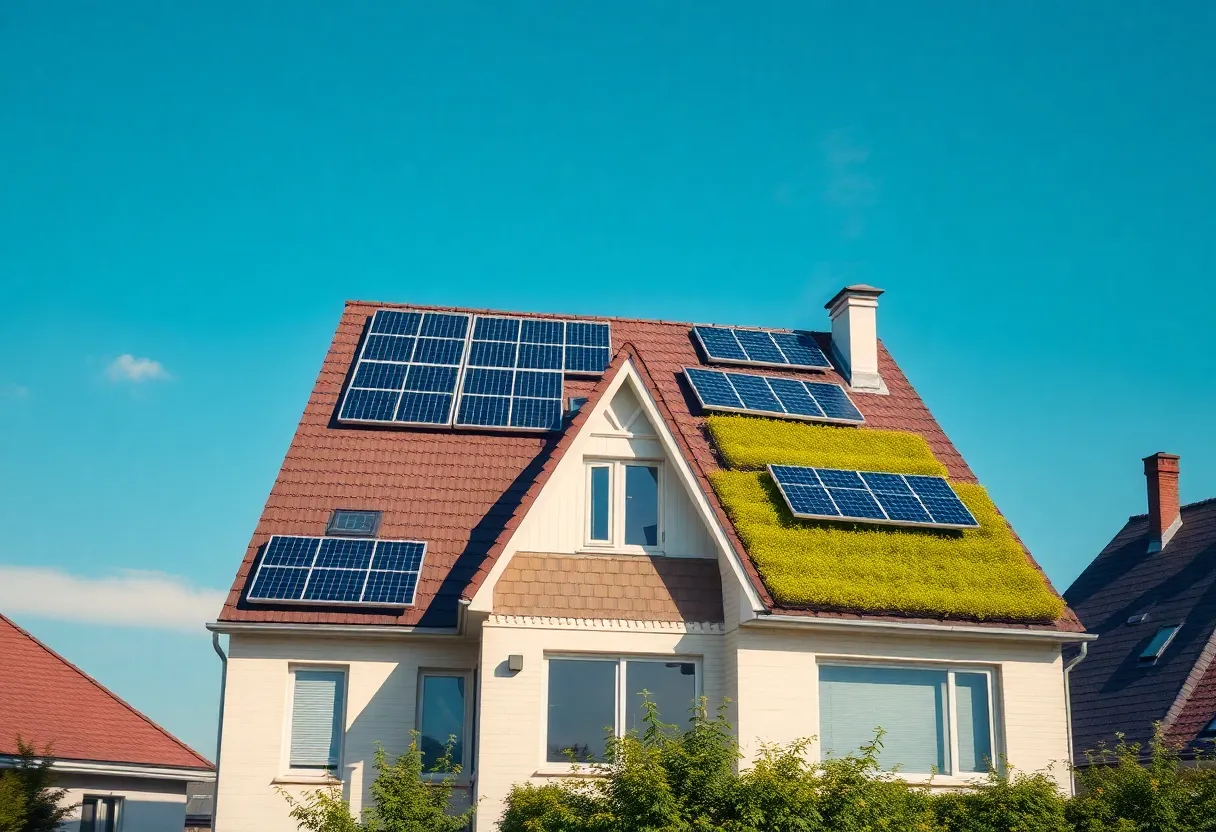How Can You Upgrade Your Roof to Enhance Energy Efficiency and Reduce Costs?
An energy-efficient roof can significantly impact your home’s energy usage and costs. Upgrading your roof not only improves insulation but can also enhance your home’s aesthetic appeal. Below are various strategies you can implement to optimize your roof for energy efficiency while minimizing expenses.
Understanding Energy Efficiency in Roofing
Energy efficiency relates to how much energy is used for heating and cooling a home. Poorly insulated roofs can cause significant energy loss, increasing utility bills. Roof upgrades can minimize this energy loss, improving comfort and reducing costs.
Factors Influencing Energy Efficiency
Several factors influence a roof’s energy efficiency: insulation, roofing materials, and ventilation. Each plays a vital role in temperature regulation in your home.
- Insulation: Insulation prevents heat transfer, maintaining a consistent temperature inside your home.
- Roofing Materials: Reflective or specialized roofing materials can impact how much solar heat is absorbed.
- Ventilation: Proper ventilation helps in regulating moisture and temperature, which affects energy efficiency.
Upgrade Options for Improving Energy Efficiency
1. Install Insulation
Upgrading your insulation is a fundamental way to enhance energy efficiency. Insulation materials such as fiberglass, foam, or cellulose can significantly improve your roof’s ability to retain heat in winter and repel it in summer.
Types of Insulation
- Fiberglass: Commonly used, fiberglass insulation is effective and cost-efficient.
- Foam Board: This rigid insulation is excellent for providing a high R-value.
- Spray Foam: Offers superior air sealing and insulation properties.
2. Choose Energy-Efficient Roofing Materials
Selecting the right roofing materials can dramatically enhance energy efficiency. Here are a few options:
- Cool Roofing: These roofs feature reflective materials that deflect sunlight, reducing heat absorption.
- Metal Roofing: Metal roofs can significantly lower energy costs due to their reflective properties and longevity.
- Tile Roofing: Clay or concrete tiles can provide excellent insulation and longevity.
3. Improve Ventilation
A well-ventilated roof reduces moisture and heat buildup. This prevents damage to roofing materials and enhances energy efficiency. Options to consider include:
- Ridge Vents: Installed along the roof’s peak, ridge vents allow hot air to escape.
- Soffit Vents: Located under the eaves, these vents help in drawing in cooler air, promoting airflow.
- Attic Fans: These actively blow out hot air from attics, enhancing overall ventilation.
Adopt Sustainable Roofing Options
Sustainable roofing materials not only save energy but also minimize environmental impact. Here are a few sustainable options:
1. Green Roofs
Green roofs are covered with vegetation. They provide insulation, absorb rainwater, and improve air quality. While they can be costly, their long-term benefits include reduced energy costs and increased property value.
2. Solar Roofs
Solar panel installation on your roof can direct energy from the sun into your home, reducing reliance on fossil fuels. Modern solar shingles integrate seamlessly into your roofing, offering an aesthetic solution to energy generation.
3. Recycled Materials
Using recycled materials for roofing, such as rubber or slate tiles, can reduce environmental impacts while enhancing durability and energy efficiency.
Regular Maintenance Activities
Regular roof maintenance is crucial for energy efficiency. Proper upkeep prevents leaks and deterioration, which can undermine insulation and ventilation properties.
1. Inspect for Damage
Regular inspections should include checking for cracked tiles, missing shingles, and rust on metal roofs. Identifying issues early helps maintain the roof’s integrity.
2. Clean Gutters and Drains
Clogged gutters can lead to water pooling, which can damage roofing. Regularly cleaning and maintaining gutters prevents this issue.
3. Trim Overhanging Trees
Overhanging branches can scratch roofing materials and provide debris. Keeping trees trimmed minimizes potential damage.
Government Incentives and Rebates
Many governments offer incentives for homeowners who invest in energy-efficient upgrades. These may include tax rebates or grants for implementing sustainable materials or solar panels. Research local programs, as they can offset costs and facilitate your upgrades.
Calculating Costs and ROI
When considering roof upgrades, calculate both upfront costs and potential savings. Energy-efficient upgrades often result in lower utility bills, and some materials come with extensive warranties, offering long-term financial benefits.
1. Initial Investment
Consider the total cost of materials and labor. Upfront costs for energy-efficient roofing can be higher, but the investment often pays off in reduced energy costs.
2. Long-term Savings
Monitor utility bills to track savings. Energy-efficient roofs typically offer a return on investment within a specific period, depending on local energy costs.
Conclusion
Upgrading your roof to enhance energy efficiency can lead to substantial savings on energy bills while contributing to environmental sustainability. From improved insulation and optimal materials to regular maintenance, each step plays a critical role in ensuring your roof performs efficiently.
Assess your options carefully. Employing the right strategies can maximize energy efficiency, reduce costs, and elevate your property value. By investing in a quality roof, you are not only making a practical change but also contributing to a sustainable future.
Author: STAFF HERE NEWBERRY
The NEWBERRY STAFF WRITER represents the experienced team at HERENewberry.com, your go-to source for actionable local news and information in Newberry, Newberry County, and beyond. Specializing in "news you can use," we cover essential topics like product reviews for personal and business needs, local business directories, politics, real estate trends, neighborhood insights, and state news affecting the area—with deep expertise drawn from years of dedicated reporting and strong community input, including local press releases and business updates. We deliver top reporting on high-value events such as the Newberry Opera House performances, Newberry Arts Fest, and the Newberry County Fair. Our coverage extends to key organizations like the Newberry County Chamber of Commerce and the Newberry Museum, plus leading businesses in manufacturing and agriculture that power the local economy such as Amick Farms and Newberry Mills. As part of the broader HERE network, including HEREAiken.com, HEREBeaufort.com, HEREChapin.com, HERECharleston.com, HEREClinton.com, HEREColumbia.com, HEREGeorgetown.com, HEREGreenwood.com, HEREGreenville.com, HEREHiltonHead.com, HEREIrmo.com, HEREMyrtleBeach.com, HERENewberry.com, HERERockHill.com, and HERESpartanburg.com, we provide comprehensive, credible insights into South Carolina's dynamic landscape.




 Mays Contracting
Mays Contracting

